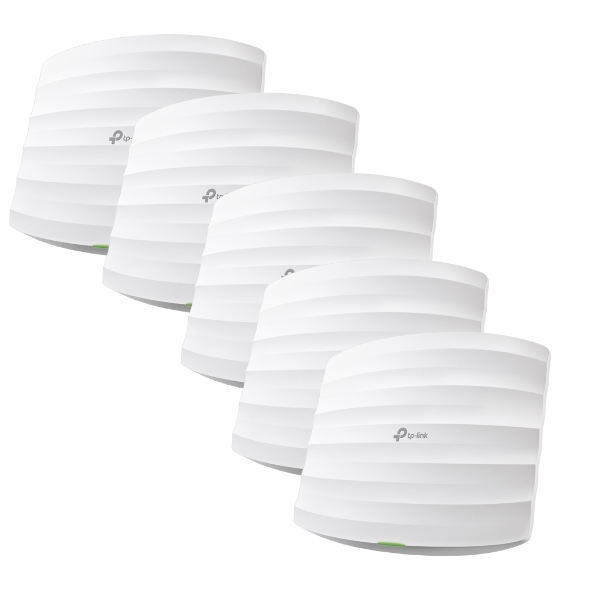I've been running 2 TP Link AC1750's as access points on a wired backhaul for several years to cover about 4500sq ft area. This is all run with pfSense on a home server (It'll be retired.). One TP Link has died, and I'm limping along with one. Not necessarily seeing speed slow down, but the range is much less.
My intention all along was to go 6e. I thought 6e prices would be in the reasonable range by this fall. It's looking like chip supply problems (Cisco says 6 months before supply returns to normal.) & shipping slowdown is putting a wrinkle in my expectations. Now, one router dying is prompting me to do something or limp along on one as long as I can.
Wants:
1. Support many devices. I currently have 60 or so devices. 80% are smart devices on 2.4Ghz, primarily light switches.
2. Ability to expand & operate as a mesh.
3. Guest network works across the mesh.
4. VPN server hosting
5. Wall mountable.
Non-essentials:
1. Hosting files.
2. Media server.
3. Wireless gaming.
4. WAN link aggregation. (WiFi 10 out before I see fiber here.)
Q1: Do I wait? Do you think sales be forth coming? AX86U on sale a pipe dream?
Q2: Is 6e worth the premium? I'm guessing to cover my space, I would need 2 6e routers. That's serious money. I can buy 2 AX86U's for 1 AXE-11000.
Q3: I've been looking at Asus routers, esp RT-AX86U, and TP Link. TP has aggressive pricing (Good sales at Costco.) & good performing routers. A little turned off by router dying what I think is prematurely & not friendly to custom firmwares. What routers should I consider?
Q4: AX86U is highly regarded. Is dual band a handicap vs tri-band?
Q5: Inclination at this point is an AX86U as primary and use AC1750 as AP. Bad to run these two at same time? (The thinking is to add a future Asus 6e router as primary & make AX86U a node.)
Q6: Comments or opinions on this article: https://dongknows.com/best-aimesh-routers-and-combos/
Thank you for your help & opinion.
My intention all along was to go 6e. I thought 6e prices would be in the reasonable range by this fall. It's looking like chip supply problems (Cisco says 6 months before supply returns to normal.) & shipping slowdown is putting a wrinkle in my expectations. Now, one router dying is prompting me to do something or limp along on one as long as I can.
Wants:
1. Support many devices. I currently have 60 or so devices. 80% are smart devices on 2.4Ghz, primarily light switches.
2. Ability to expand & operate as a mesh.
3. Guest network works across the mesh.
4. VPN server hosting
5. Wall mountable.
Non-essentials:
1. Hosting files.
2. Media server.
3. Wireless gaming.
4. WAN link aggregation. (WiFi 10 out before I see fiber here.)
Q1: Do I wait? Do you think sales be forth coming? AX86U on sale a pipe dream?
Q2: Is 6e worth the premium? I'm guessing to cover my space, I would need 2 6e routers. That's serious money. I can buy 2 AX86U's for 1 AXE-11000.
Q3: I've been looking at Asus routers, esp RT-AX86U, and TP Link. TP has aggressive pricing (Good sales at Costco.) & good performing routers. A little turned off by router dying what I think is prematurely & not friendly to custom firmwares. What routers should I consider?
Q4: AX86U is highly regarded. Is dual band a handicap vs tri-band?
Q5: Inclination at this point is an AX86U as primary and use AC1750 as AP. Bad to run these two at same time? (The thinking is to add a future Asus 6e router as primary & make AX86U a node.)
Q6: Comments or opinions on this article: https://dongknows.com/best-aimesh-routers-and-combos/
Thank you for your help & opinion.


